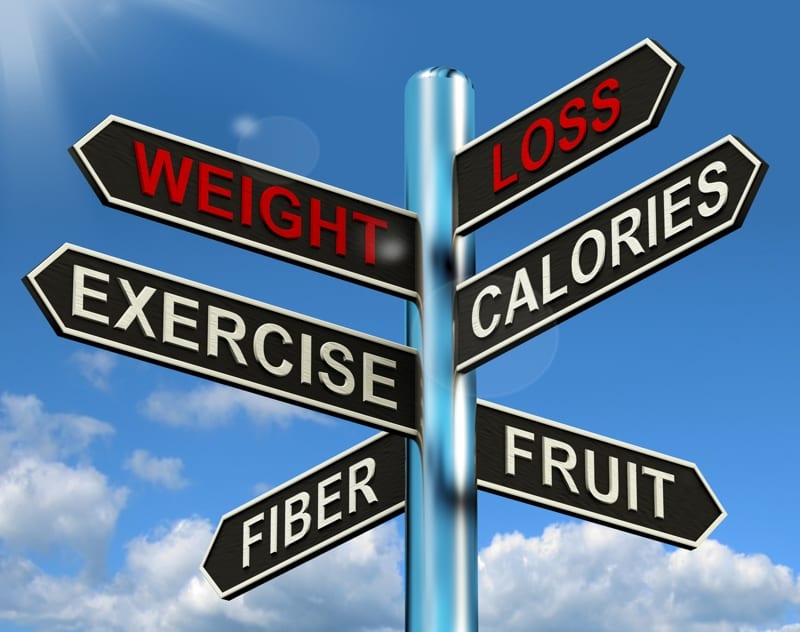If you have read any of my articles on my personal journey of weight loss, you will know that I spent some time on yo-yo diets and counting calories. Well after what seems to be a much longer time than I anticipated I am almost at my first goal weight of 59 kgs. One thing I came to realise was that there’s a whole new story behind Size Versus Fitness!
Just to fill you in briefly, I went from being 49 kgs (very underweight due to severe candidiasis) to a recovery weight of probably around 55kgs. However, the weight gain didn’t stop there. I had always been slim, around 54 or 55 kgs and never thought I would be any different. However, when 47 years rolled around, and I realised that I had gained an extra ten kgs in 18 months to weigh in at 65kgs, I was, to say the least, slightly mortified.
So I have been working on weight reduction for the last four years. Some years have been more productive than others.
Firstly I needed a year to get some strength back, which I did with mostly walking…..but almost immediately I came down with a herniated disc in my lower back which took six months of treatment and recovery. I used both Pilates and Physiotherapy as recovery treatment. The following year I started calorie counting using weight watchers and other various weight programs. It helped me to count, but my metabolic rate was still not moving as fast as it used to. I then started working out. I began with a gym class, jumping steps and bouncing around a room with many others doing the same thing. My knees hurt, my back hurt and my biggest fear was that I would rupture another disc!
So I went back to what I knew was “safe”, the water. I did aquaerobics for almost two years, two days a week and swam laps the other day while watching what I ate (stopped counting calories) as well as incorporating coconut oil into my diet. The weight started to drop slowly, and I began to feel much stronger in my body and mind and emotions. But my goal weight still seemed a long way away. I knew there was nothing more I could do to tweak my diet – I was eating what foods fuelled me and was only eating till I was full. So what needed to change. I looked again at my exercise patterns and decided to do some research.
1.Interval Training
Interval training is not complicated at all. Here’s how it works:
1. You take the hour out of the “hour” long treadmill run, cross trainer or bike at the gym.
2. You take any cardio exercise like walking, running, skipping, jumping, cross training or biking and break it into 30 sec to 1 or 2-minute intervals.
3. During the intervals, you are going to go from slow to fast to very fast and back to slow again.
4. Repeat this pattern for a duration of about 30 minutes to an hour.
5. Why does this work?
How Interval Training Works
Interval training works both the aerobic and the anaerobic system. During the high intensity efforts, the anaerobic system uses the energy stored in the muscles (glycogen) for short bursts of activity. Anaerobic metabolism works without oxygen, but the by-product is lactic acid. As lactic acid builds, the athlete enters oxygen debt, and it is during the recovery phase that the heart and lungs work together to “pay back” this oxygen debt and break down the lactic acid. It is in this phase that the aerobic system is using oxygen to convert stored carbohydrates into energy.
It’s thought that by performing high intensity intervals that produce lactic acid during practice, the body adapts and burns lactic acid more efficiently during exercise. This means athletes can exercise at a higher intensity for a longer period of time before fatigue or pain slows them down.
This article courtesy of About.com. You can read the full article here
2.Strength Training
The following is a list of all the chemical and hormonal secretions that take place during strength or resistance training.
Endorphins
These chemicals are released by your pituitary gland, which is located in the base of your brain. Endorphins make you feel exhilarated and happy and block any feelings of pain, so you can power through any discomfort caused by exercising. That’s why people become addicted to strenuous forms of exercises and experience “runner’s high.”Estrogen
Estrogen determines whether carbs or fat fuel the body during an intense exercise session. Women tend to burn fat for fuel, while men tend to burn carbs, because women have higher estrogen levels. When women undergo menopause, they usually experience some weight gain because of lowered estrogen levels.See more chemicals released while exercising.
Serotonin
A chemical responsible for happiness, restful sleep, and a healthy appetite, serotonin levels will increase if you work out regularly. Serotonin works with endorphins to make working out a pleasurable activity. In addition, more serotonin means more energy and clearer thinking.Growth Factors
Growth factors are the hormone-like compounds that work with satellite cells to help stimulate and regulate production of more muscle. Growth factors like hepatocyte, fibroblast, and insulin send signals to the satellite cells to move to the damaged muscle area, repair the damage following exercise, and regulate muscle mass growth, respectively.Dopamine
Dopamine is a pleasure chemical. Studies have found that a brain with a dopamine receptor deficiency is more prone to weight gain, because eating quickly easily raises dopamine levels. Those with fewer receptors need more dopamine in the bloodstream (aka more food) to reach the same level of satisfaction as someone with a normal amount. This is even more reason to work out regularly to keep those dopamine levels up in order to keep overeating and weight gain at bay. Domamine is often associated with orgasms. Working out helps stimulate the production of dopamine, and increased levels of dopamine combined with core, quads, thighs, and pelvic muscle exercises may result in a “coregasm.”You can read the full article here
And wait……there’s more
Benefits of resistance training
Regular resistance training offers many benefits. You can:
- Develop strong bones – strength training increases bone density and reduces the risk of osteoporosis.
- Control your weight – as you gain muscle, your body burns calories more efficiently.
- Build muscle – to protect your joints from injury. It also helps you maintain flexibility and balance and helps you remain independent as you age.
- Boost your stamina – as you grow stronger, you won’t fatigue as easily.
- Improves your sense of wellbeing – strength training can boost your self-confidence, improve your body image and reduce the risk of depression.
- Get a better night’s sleep – people who regularly take part in a strength training program are less likely to have insomnia.
- Manage chronic conditions – strength training can reduce the signs and symptoms of many chronic conditions including arthritis, back pain, depression, diabetes and obesity.
3.Muscle Confusion
If you’re wondering how and if you can even confuse your muscles, I’ll briefly explain than I’ll add some links to articles that I’ve found helpful. Muscle confusion is not a new concept, it’s been around since the 1960’s and used in bodybuilding routines for a long time. The basic premise of muscle confusion is to keep the muscles guessing all the time. Muscles have “memories” or what as known as an adaptive nature. What happens when you settle into an exercise routine and each week you do the same set of exercises on the same day. In the beginning, it starts out well, and you’ll lose a bit of weight and tone up slightly. By the 4th week, you’ve plateaued, and you’re bored with the routine, and the weight loss has stopped.
Muscle confusion is simply a planned routine of exercises used on different days and exercising muscles in various ways and a recovery day. If you are using your muscles differently on a regular basis your muscles cannot settle into a comfortable pattern and adapt, instead, they have to work hard to what feels like a new routine on a daily basis. It’s also a great way of overcoming boredom with your fitness program.
Now the point of my story is Size versus Fitness. While it’s taken me awhile to get to my first goal, I realised that the strength and fitness level that I gained from interval training and strength training far outweighed what dress size I was. My husband recently made a comment about his realisation around fitness which was ” if you focus on the exercise and not on the weight loss – the weight will go anyway”. There is a whole lot more to say for exercise, apart from being an essential requirement for health, it makes you feel amazing. There is a great sense of achievement, and the bonus is the bucket of energy you get after you do it. All in all, I’ve enjoyed the journey and don’t have any regrets as to how the last four years have panned out. Having said that I could have sped it up a bit by discovering Interval training and muscle confusion a little earlier but there is a season for everything, and I felt very ready to do this when it came along.
If you’re interested in what program I used it’s called P90X, and you can read about it here.
For further reading on muscle confusion here are some articles:
Muscle Confusion Burns Off The Fat
How about you? Have you tried cardio intervals or muscle confusion? Send me a comment and let me know how you found it.





























